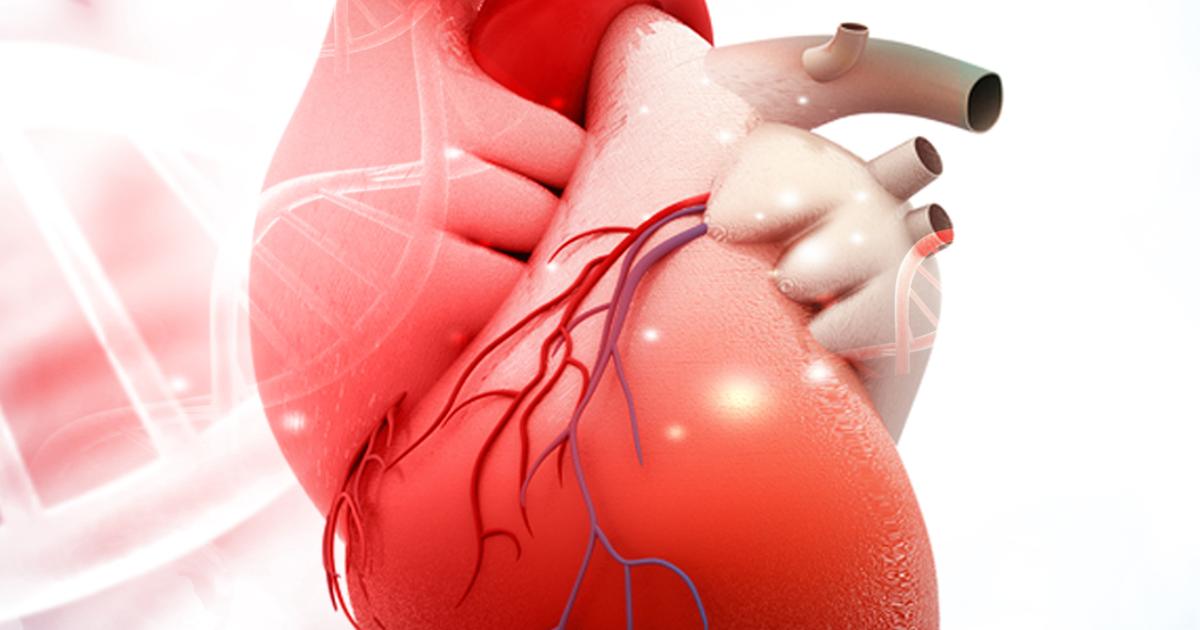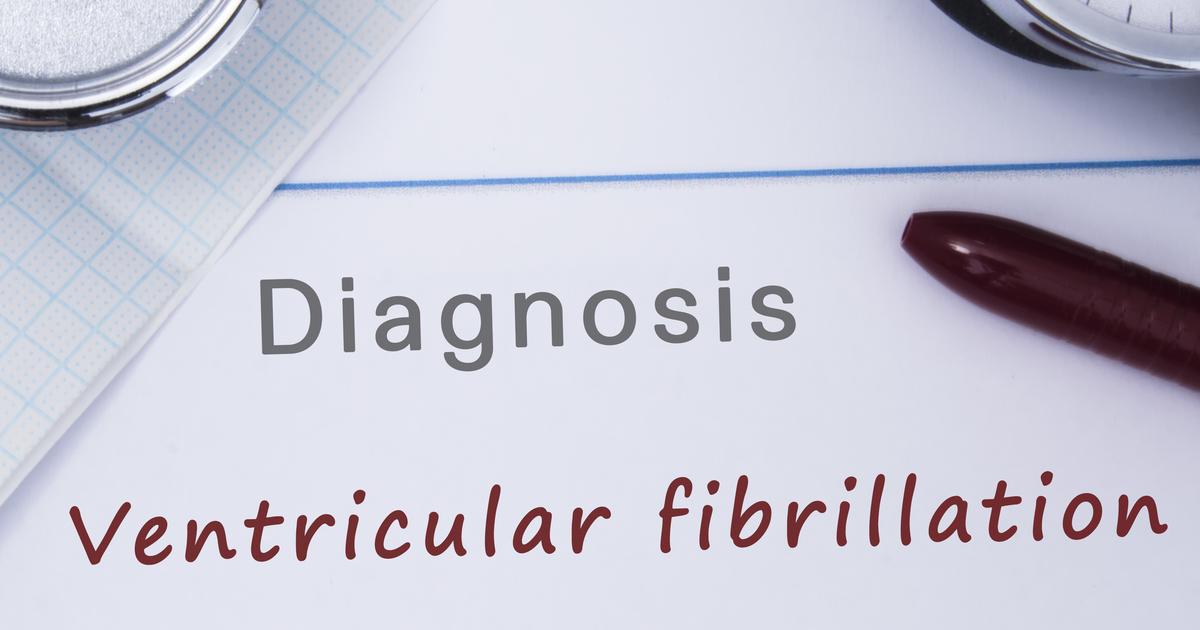Comprehensive Overview Of Heart Cancer
Heart cancer and primary cardiac tumor are terms used to describe a malignancy that has originated or developed in the tissues that make up the heart. A malignancy of the heart can grow in any of the four chambers, on the inside surface, on the outer surface, and anywhere in between. Heart cancer is a disease that is not known well in the general public because it is so rare. Only 0.00138 percent of the general population or 1.38 out of 100,000 individuals will experience heart cancer.
It is the high prevalence of cancer in epithelial tissue rather than connective tissue, and the fact the cells of the heart do not undergo cell division that causes heart cancer to be rare. Most cases of cancer in the heart have an origin outside of the heart tissues, like in the tissues of the breast or lung.
What Is Heart Cancer?

Heart cancer is forty times more likely to occur when it is the result of the metastasis of malignant cells from other solid tissues or from cancers that start in the blood, like lymphoma and leukemia. Cancer that begins in the heart that has not spread from another location or the body fluids is referred to as primary cardiac cancer. Most primary cardiac sarcomas fall into the specification of angiosarcomas and tend to develop in the right atrium of the affected individual's heart.
The most common type of malignancy that occurs in the left atrium of the heart includes leiomyosarcoma and pleomorphic sarcoma. Sarcomas that develop in the left atrium tend to be a more condensed type of tumor that does not infiltrate surrounding tissues as quickly as other types of heart cancer. Cardiac tumors that develop in the right side of an affected individual's heart tend to take on a bulkier appearance and grow in an outward direction, infiltrating the tissues around it.
Common Symptoms Spotted

Heart cancer produces symptoms based on the tumor's location, size, and structure, rather than the type of tumor. There are five different groups of symptoms primary cancer can produce. The first type of symptoms commonly seen in heart cancer is related to obstruction of blood flow in the heart and consists of shortness of breath, chest pain, fainting, fatigue, and dizziness. The second is related to the dysfunction of the heart muscle tissues and include swollen legs, weakness, shortness of breath, chest pain, and fatigue. Another group of symptoms that manifest in heart cancer is associated with conduction problems of the heart and includes skipped heartbeats, slow heart rate, ventricular fibrillation, fainting, and fatigue.
In addition, symptoms can occur in heart cancer related to emboli or small parts of the tumor that become loose. These include sharp chest pain, irregular heartbeat, facial droop, confusion, problems with speech, speech comprehension problems, and a cold limb with no pulse. Some other nonspecific symptoms known to manifest with heart cancer include fever, night sweats, joint pain, chills, and weight loss.
Causes And Complications Of Heart Cancer

The exact causes of heart cancer development in some individuals but not others is not known. However, certain factors and circumstances make an individual more likely to get heart cancer. Some types of heart tumors are more common in children, while others occur more often in adults. Some inherited genetic factors like mutations or deletions in certain genes can increase an individual's risk of developing a malignancy in their heart. Some genetic cancer syndromes are known to increase an individual's risk of forming heart cancer, such as tubular sclerosis.
Individuals who have an immune system that has been damaged or compromised are at a higher risk of developing heart cancer. Any individual who has had or currently has cancer in any other region of the body is more likely to develop heart cancer. Complications that occur in heart cancer patients include failure of the heart, tumor metastasis, and tumor emboli, which are fragments that have broken off and made their way into circulation.
How It Is Diagnosed

The diagnosis of malignant tumors in the heart has a high reliance on an extensive combination of diagnostic imaging techniques. Cardiac computed tomography scans, echocardiography or heart ultrasound, positron emission tomography, and cardiovascular magnetic resonance are used to aid in the diagnosis of heart cancer. These forms of diagnostic imaging technology help physicians determine the exact size of a patient's intracardiac mass, the amount of growth and metastasis of the mass, the degree of invasion the mass has in the myocardial tissue, and the location of the cardiac chamber that contains the intracardiac tumor.
In patients who have exceptionally rare cases of heart cancer, a definitive tissue biopsy may be performed when the diagnostic imaging methods are unable to provide an accurate characterization of the malignant mass in the heart. There can be challenges in overcoming the safety of performing a heart tissue biopsy on some patients, which complicates the diagnostic process significantly in such cases.
Available Treatment Options

There are a few treatment options available for heart cancer patients. The general treatment goals of most cases of heart cancer are symptom management and permanent cure. The first line of curative treatment usually involves a surgical procedure to remove as much of the primary cardiac tumor as possible. The majority of primary heart tumors are unable to be resected entirely through surgery due to how critical the heart tissues are. Some selective cases of heart cancer may be resolved with the surgical transplantation of a donor heart.
Other methods, such as chemotherapy and radiation therapy, can be used for heart cancer that is unable to be removed through a surgical procedure. These methods may be used following partial tumor excision surgery. Patients who do not wish to pursue curative treatment may choose to have palliative care. The survival rate for primary malignant tumors in those who have heart cancer at nine to twelve months is very low at ten percent without treatment with surgical resection.